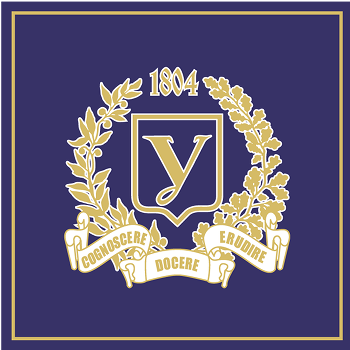річковий басейн
- 2011-1-2-:15
The Optimization Of Natures Use Water Resources Of West Bug River Basin System
It is analysed the condition of water resources and the level of its usage. It is predetermined the optimization of natures use of West Bug river basin sustem on the territoru of Volun region.
- 2011-3-4-:16
Geoecological aspects of research of the pool system of Western Bug river basin
Description of basic principles of management is given by resources natural on the basis of hike. Structurally-geographical preconditions of optimization of nature are certain in the pool system of the river Western Bug of the Vol-yn area. It is reasonable, that taking into account of the pool system primary there must be replacement of branch con-trol system by nature resources by a complex pool.
- 2018-1-2-:29
Estimation of Environmental Sustainability of the Landscape of the Basin Western Bug Rivers In Volyn Region
Purpose. Determination of ecological stability of landscapes of the basin of the Western Bug River and its tributaries in Volyn region. Methods. Comparative-geographical, analytical, generalization, systematization, calculation of ecological stability of the landscape on the basis of the method of E. Clementova, V. Heinig. Results. The calculation of the quantitative assessment of the ecological stability of the landscapes in the basins of the Western Bug tributaries revealed that the KESL1 index of the Pischadka, Neretva and the Zolotoha River ranges from 1.3 to 1.6. That making basin landscapes conditionally stable. River Studyanka and Luga range from 0,027 to 0,026, which testifies them to the unstable structure of the landscapes of the basin with pronounced instability. It is established that in the landscapes of the basin of the Western Bug River of Volyn Region, their ecologically balanced structure is predominant at the KESL1 1.04 index. This is due to the structure of the lands of the basin, where agricultural (arable land) cause a big loading and destabilized landscapes occupies in most of the area. The largest plots of arable land occupy the sub basins of the rivers Studyanka and Luga, and the smallest ones in the sub basins of the Neretva, Zolotukha and Gapa rivers, which is due to the significant forested areas of the basin. The qualitative assessment of ecological stability of the landscape is characterized by the coefficient of ecological stability of the biotechnical elements of the entire landscape of the K ESL2. Calculations of KESL2 showed that the landscape structure of the basin of the Western Bug River in the Volyn region is slightly stable and the index is 0.48. The KESL2 coefficients of the Studyanka and Lug lakes are 0.21 and 0.23 respectively, and characterize them as unstable geosystems. The structure of the landscapes of the basins of the Peschadka and Kopayevka rivers for KESL2 - (0,95 - 0,67) is stable. Consequently, intensive settlement of land, drainage of marshes, deforestation violated the integrity of landscapes led to their denaturalization. Particularly significant changes occurred in the southern part of the basin. Conclusions. As a result of the calculations of the quantitative assessment of the ecological stability of landscapes (KESL1), the landscapes of the basin of the Western Bug River in the Volyn region are conditionally stable. And according to the indicators of qualitative assessment of ecological stability of the landscape (KESL2), they are characterized as low-static geosystems. In general, determining the stability of the landscape is important for assessing the ecological situation of the basin of the Western Bug River, since it fully reflects the overall ecological status of the river basin.
- 2015-3-4-:24
Geoecological Consequences of the Communal Enterprises Work with In Western Bug River Basin
In the article, current ecological state problems, which are caused by the communal enterprises work within river basins in Ukraine, were reviewed. The Western Bug River is a right tributary of the river Visla, which flows into the Baltic Sea, so the causes of a water quality decrease research has a cross-border value. Physical geography features of the Western Bug river basin, a volume of the water intake, a quantity and a quality of water which is returned after use, were described. Sources of the water pollution and the state of geocomponents of the river basin were found. The biggest water pollution sources among communal enterprises – Lviv communal pollution control facilities and Lviv city landfill were explored in detail. Based on the fund materials analysis and field research, an analysis of the quality indicators of the downstream water pollution changing was made. Geoecological consequences for a basin geosystem were characterized. Main problems were found and the ways of solution were identified: increasing environmental awareness, increase forest cover, observance of buffer strips along water bodies, reclamation of disturbed land area increase natural-reserve fund.

